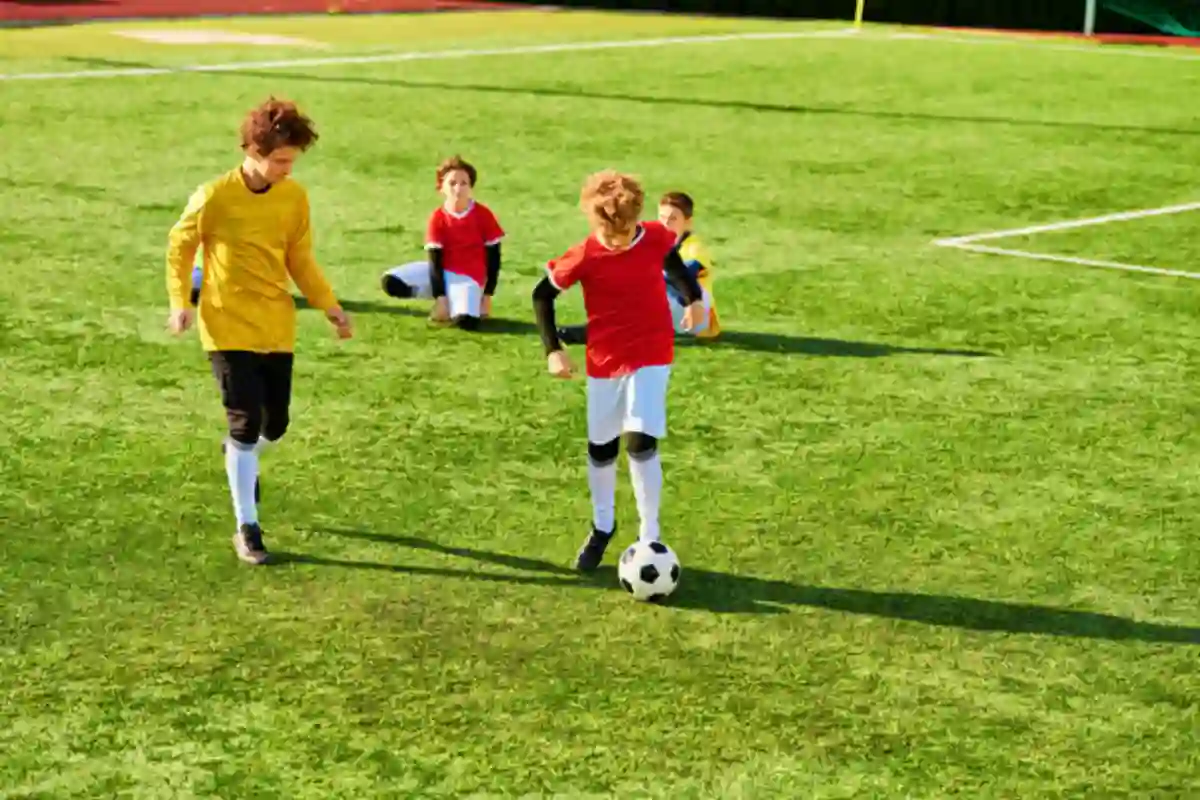Extreme sports have gained popularity worldwide as an exhilarating way to challenge physical and mental limits. Unlike traditional sports, which often follow structured rules and take place in controlled environments, extreme sports push the boundaries of human endurance, skill, and adaptability. Whether it’s skydiving, rock climbing, or surfing, extreme sports provide an adrenaline rush while promoting fitness, mental strength, and adventure. In this article, we explore how extreme sports can be seen as a thrilling and rewarding way to play.
1. The Definition of Extreme Sports
Extreme sports, also known as action sports or adventure sports, involve a high level of risk and require advanced physical abilities, specialized equipment, and often, unique environments. These sports include activities such as:
- Skydiving – Jumping from an aircraft and free-falling before deploying a parachute.
- Rock Climbing – Scaling steep rock formations with or without safety ropes.
- Surfing – Riding ocean waves using a surfboard.
- Snowboarding and Skiing – Descending snow-covered slopes at high speeds.
- Skateboarding – Performing tricks and stunts on ramps or urban structures.
- Base Jumping – Leaping from fixed objects such as cliffs or buildings with a parachute.
- Bungee Jumping – Jumping from a height while attached to an elastic cord.
These sports push participants to embrace uncertainty, engage with nature, and master their skills to ensure both safety and success.
2. The Thrill of Extreme Sports as a Game
Extreme sports share similarities with games in that they involve challenges, rules (often self-imposed), skill-building, and personal achievement. However, what sets them apart is the element of risk and the intense engagement required.
A. Adrenaline and Excitement
One of the biggest appeals of extreme sports is the rush of adrenaline. The body responds to high-intensity situations by releasing stress hormones that enhance focus, energy, and reaction speed. This makes extreme sports a unique way to “play” by testing one’s ability to manage fear and excitement simultaneously.
B. Problem-Solving and Strategy
Much like a strategic game, extreme sports require planning, quick thinking, and problem-solving skills. Rock climbers must analyze the best route up a cliff, surfers must read ocean waves, and skateboarders must time their movements perfectly to land a trick successfully.
C. Personal Achievement and Competition
Extreme sports allow participants to challenge themselves rather than compete against others. Athletes often set personal goals, such as achieving a longer free-fall, mastering a more difficult climb, or riding a bigger wave. This makes the sport a self-driven form of play where progress and experience are the ultimate rewards.
3. Physical and Mental Benefits of Extreme Sports
A. Full-Body Workout
Most extreme sports engage multiple muscle groups and enhance endurance, balance, and coordination. Surfing, for example, requires strong core muscles, while rock climbing builds upper body and grip strength. These activities provide a fun and exciting alternative to traditional fitness routines.
B. Enhancing Mental Resilience
Extreme sports demand mental focus, quick decision-making, and confidence. Overcoming fear and managing stress in high-risk situations can help individuals develop a stronger mindset, making them more resilient in everyday life.
C. Boosting Mood and Reducing Stress
Engaging in extreme sports can release endorphins, the body’s natural mood enhancers. Activities like skydiving or snowboarding provide an escape from routine stress and allow individuals to experience a natural high that leaves them feeling more alive and refreshed.
4. Safety and Responsibility in Extreme Sports
While extreme sports offer incredible thrills, they also come with inherent risks. To play safely, participants must:
- Use Proper Gear: Helmets, harnesses, and protective pads can prevent injuries.
- Receive Professional Training: Learning from experts reduces risks and enhances skills.
- Understand the Environment: Weather conditions and terrain impact safety, so proper preparation is essential.
- Know Personal Limits: Pushing beyond one’s capabilities without training can lead to accidents.
By approaching extreme sports responsibly, participants can enjoy the excitement while minimizing danger.
5. Extreme Sports as a Lifestyle and Community
Extreme sports are more than just hobbies; for many, they become a way of life. These activities foster a sense of belonging in communities where athletes support and inspire each other. Events such as the X Games and Red Bull competitions bring together top athletes from around the world, showcasing their skills and promoting the spirit of adventure.
Additionally, social media platforms have allowed extreme sports enthusiasts to share experiences, document their progress, and connect with like-minded individuals globally. This sense of community enhances the experience, making extreme sports not just an individual pursuit but a collective form of play.
6. Overcoming Fear and Building Confidence
One of the most transformative aspects of extreme sports is learning how to manage fear. The first time jumping out of a plane or tackling a steep mountain slope can be intimidating, but successfully facing these challenges builds confidence and self-trust. Over time, extreme sports help individuals develop a fearless approach to life, where they become more willing to step outside their comfort zones and embrace challenges.
Conclusion
Extreme sports are more than just thrilling activities—they are a unique way to play, learn, and grow. They offer physical fitness, mental strength, personal achievements, and a strong sense of adventure. By approaching these sports with preparation, safety, and enthusiasm, anyone can turn extreme sports into an exciting, fulfilling, and lifelong passion. So, whether it’s jumping from the sky, riding the waves, or climbing to new heights, extreme sports invite you to embrace the game of pushing limits and discovering what you’re truly capable of.









